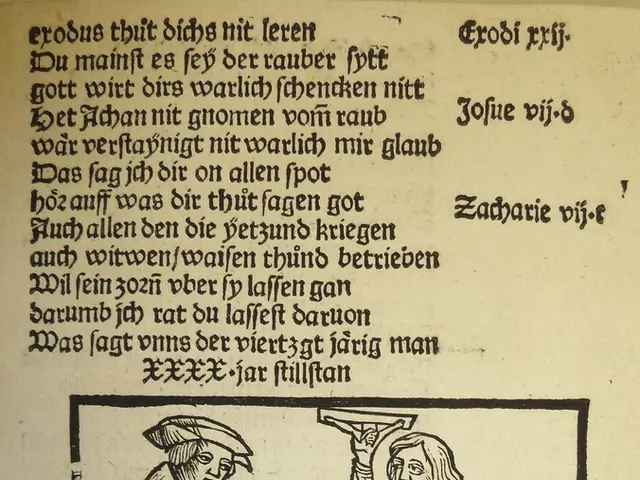Unveiling the Awake State from the Illusionary Existence
In a thought-provoking exploration of consciousness and dreaming, author Frank M. Wanderer suggests that our minds may generate experiential realities akin to dreams, not just during sleep, but also in our waking lives. This intriguing theory, presented in his book, 'The Flames of Alertness: Discover the Power of Consciousness!', challenges traditional notions about the distinction between dreaming and waking reality.
According to Wanderer, dreaming is seen as a continuous process, with sleep dreams being more vivid and immersive, while waking life can involve a dream-like state where perceptions and experiences are interpreted through a subjective, and sometimes illusory, mental framework. This perspective blurs the lines between the 'awake' and 'dreaming' states, suggesting that alertness involves a dynamic interplay of awareness and dreaming elements.
This theory draws from philosophical traditions and modern consciousness studies that delve into the role of perception, attention, and mental imagery in constructing our perceived reality. It proposes a continuum in which consciousness fluctuates through different levels of alertness and imaginative perception, suggesting that both sleep dreams and waking experiences share deep structural similarities in how the brain creates "realities."
While the precise theoretical framework as presented by Wanderer requires direct reference to his book for fuller detail, the core idea reflects a broader perspective that challenges strict dualities between waking reality and dream reality. Instead, it proposes a continuum in which consciousness fluctuates through different levels of alertness and imaginative perception.
Interestingly, this theory also highlights that even in our day-to-day lives, we may find ourselves 'asleep', identified with our thoughts and emotions, and disconnected from the present moment. The state of consciousness called Alertness can reveal that we are, in fact, asleep and a captive of our own minds.
However, moments of beauty, art, music, or silence can potentially loosen our identification with forms and shapes, leading to a different state of Consciousness. Giving up the struggle with thoughts and emotions and recognising their futility can bring real freedom, allowing us to experience a more present and alert state of being.
Intriguingly, our bodies respond to what we witness during dreams, and the same may be true for our waking experiences. Suffering can alarm us from our sleep, but we may return to it and continue our dreams. The deeper we sleep, the more isolated, solitary, and individualistic we become, suggesting a connection between the depth of our sleep and the depth of our identification with our own mental constructs.
In conclusion, Wanderer's theory invites us to reconsider our understanding of dreaming and waking life. It suggests that both are experiential states shaped by consciousness, with wakefulness including moments where conscious awareness resembles dreaming dynamics as described in his work. While the full details of his theory require a deeper dive into his book, the core idea offers a fascinating new perspective on the relationship between dreaming and waking life.
- In the sphere of education-and-self-development and personal-growth, readers delve into 'The Flames of Alertness: Discover the Power of Consciousness!' by Frank M. Wanderer, gaining insights about the potential dream-like state within our waking lives.
- As echoes of Wanderer's theory reverberate in the field of health-and-wellness, mental-health practitioners may find relevance in the contemplation that the states of dreaming and waking reality may not be as distinct as traditionally believed, thus offering new avenues for understanding and overcoming cognitive issues.
- In the broad expanse of science and consciousness studies, Wanderer's groundbreaking ideas about consciousness shift the ego-centric view of human existence, promoting a more rounded understanding of our relationship with the world and our own minds as part of a continuous dream-like reality.




